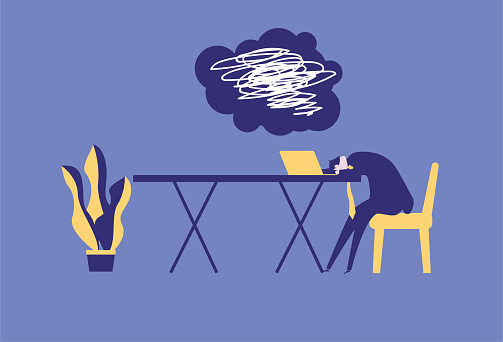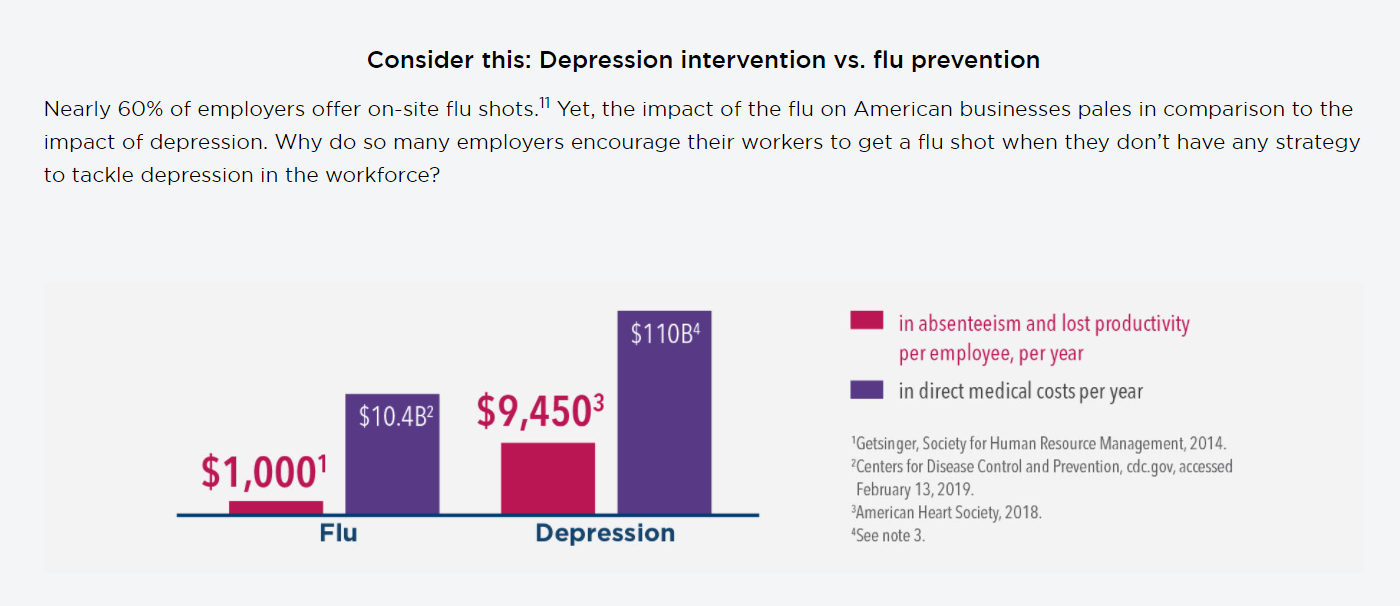
By Alison Nelson, Sales and Marketing Coordinator
Last week, Naomi Osaka, a world-renowned tennis player, withdrew from the French Open. Why would she withdraw from such an important match, resulting in a $15,000 fine? The answer is simple: mental health.
Naomi Osaka explained that she struggles with depression and anxiety and needed to put her health first. Unfortunately, critics were quick to label Osaka a “diva” or even a “special snowflake”. While most of the world applauded Osaka’s stand, and the mediation app, Calm, even offered to pay the fines for any tennis players who skip media appearances due to mental health, the initial critics provided an alarming reminder of the stigma surrounding mental health.
According to the World Health Organization (WHO), an estimated 264 million people suffer from depression and many of those people also have anxiety. WHO also states that depression and anxiety disorders cost the global economy one trillion U.S. dollars each year in lost productivity. Despite the staggering amount of people who have depression or other mental illnesses, and as the Osaka critics demonstrated, the negative stereotypes about mental health are alive and well. Yet, it is because of this stigma that employers can’t afford to stay silent.
Not only is there a direct correlation between mental health and productivity, but according to this article:
- Employees with untreated mental health conditions use nonpsychiatric health care services 3 times more than those who do get treatment.
- Mental illness is the single greatest cause of worker disability worldwide.
- 62% of missed work days can be attributed to mental health conditions.
- Turnover rates are higher for depressed employees, who are 20% to 40% more likely to become unemployed because of their condition.
Below is an image from Kaiser Permanente displaying the cost different between flu prevention and depression intervention.
The cost alone should incentivize employers to make an effort to destigmatize mental health, but how should you go about it? Below is a list from LifeSpeak of 10 ways employers can improve mental health in the workplace and you can read the full LifeSpeak article here.
- Speak candidly about mental health. The first step to beating the stigma is to stop treating mental illness as taboo. Whether it’s an article you read, a show you watched, or a personal experience you had, talking about it openly and without shame will help others realize they aren’t alone.
- Keep the conversation going. Workplace culture must be nurtured, which means you can’t just mention mental health once and expect it to catch on. Find multiple opportunities to incorporate the subject into your employees’ day so it stays top-of-mind.
- Include all levels of staff. Your employees won’t believe that you genuinely care about their well-being unless every manager and executive also demonstrates the importance of mental health.
- Encourage employees to take mental health days off. If you still require your employees to provide a doctor’s note or otherwise “legitimate” reason for missing work, it might be time to stop. Part of preventative health involves giving your mind and body a break every now and then, and allowing your staff to miss work in order to recharge can help them stave off more serious health issues down the road.
- Pay attention and be ready to help. If you do notice an employee behaving differently (ex: irritability or low mood), don’t hesitate to ask them if everything is alright. Even if they tell you they’re fine, remind them that you’re there to help and that they have access to assistive resources.
- Make sure the tools and resources are relevant. No matter how much information you supply your employees, it’ll never do any good if it’s outdated or irrelevant. In fact, it might even do harm. Frequently audit your mental health resources to make sure they’re accurate, up-to-date, and contain practical advice that your employees can use to get better.
- Facilitate access to these resources. Similar to the previous point, your staff won’t get much use out of the information if it’s difficult for them to find. Eliminate barriers to access by providing the content in a variety of formats (audio, video, written, etc.), and minimizing the number of steps it takes for them to find it.
- Prioritize confidentiality and anonymity. Even though mental health might be normalized in your workplace, some people might still feel uncomfortable discussing it, particularly if they struggle with addiction, trauma, or suicidal thoughts. Reassure your staff that their privacy is your top concern, and that their use of mental health resources will never be monitored or tracked.
- Design a mentally healthy work space. It’s important for your employees to feel energized and uplifted by their work environment. Research has shown productivity, engagement, and overall wellness increase when people feel comfortable in workspaces with natural lighting, plants, and other positive features.
- Focus on the positive. Mental illness is a serious issue, but it can still be addressed in a way that makes people feel understood, appreciated, and hopeful. Always remember to leave your employees feeling like they have a clear plan of action ahead and that they or their loved ones can get well.
Need more ideas for promoting mental health in your place of work? Click the links below to view additional resources.
CDC– Mental Health in the Workplace
Forbes– Mental Health In The Workplace: A Look At Leaders’ Top Priorities
National Alliance of Mental Health– The Mental Health Movement in the Workplace





